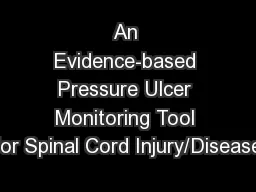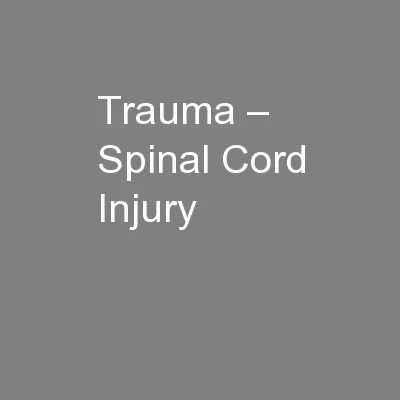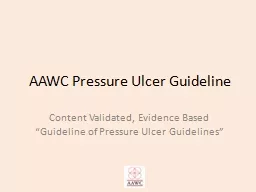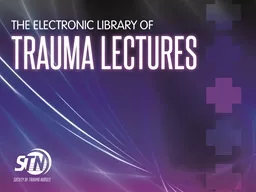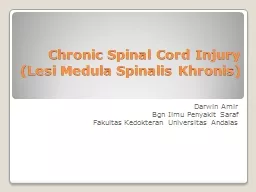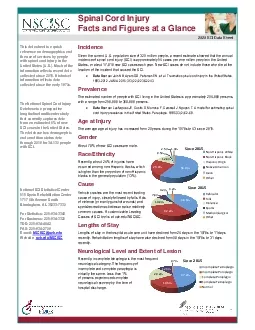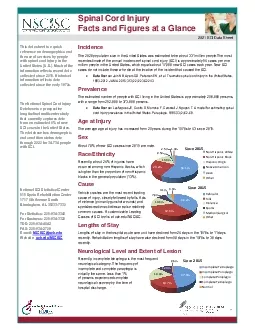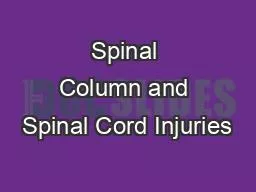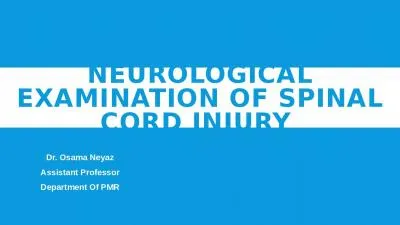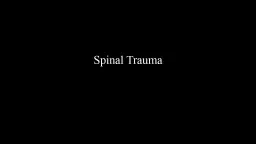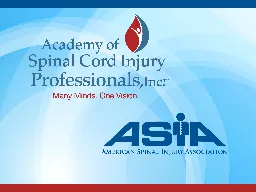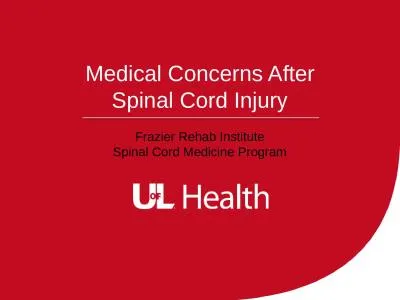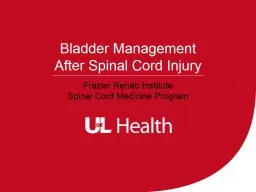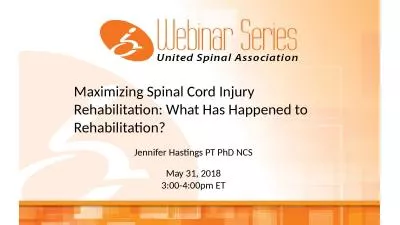PPT-An Evidence-based Pressure Ulcer Monitoring Tool for Spinal Cord Injury/Disease
Author : sherrill-nordquist | Published Date : 2018-11-06
SCIPUMT Gail PowellCope PhD ARNP FAAN Acting Director HSRampDRRampD Center of Excellence Tampa FL Gailpowellcopevagov Monitoring Pressure Ulcer Healing in Persons
Presentation Embed Code
Download Presentation
Download Presentation The PPT/PDF document "An Evidence-based Pressure Ulcer Monitor..." is the property of its rightful owner. Permission is granted to download and print the materials on this website for personal, non-commercial use only, and to display it on your personal computer provided you do not modify the materials and that you retain all copyright notices contained in the materials. By downloading content from our website, you accept the terms of this agreement.
An Evidence-based Pressure Ulcer Monitoring Tool for Spinal Cord Injury/Disease: Transcript
Download Rules Of Document
"An Evidence-based Pressure Ulcer Monitoring Tool for Spinal Cord Injury/Disease"The content belongs to its owner. You may download and print it for personal use, without modification, and keep all copyright notices. By downloading, you agree to these terms.
Related Documents

